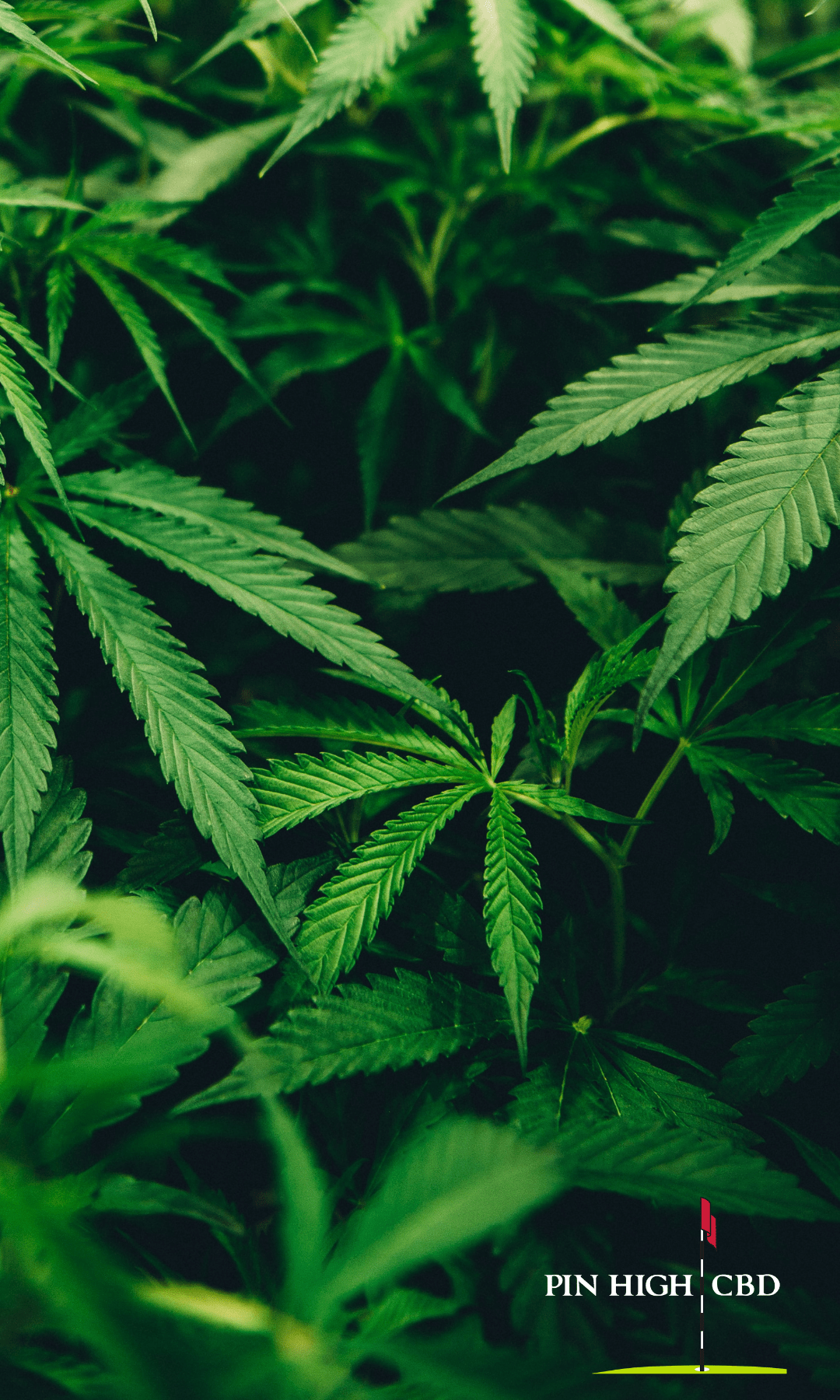Cannabis is the specific botanical name for the plant genus, of which there are two primary species types: Cannabis Indica and Cannabis Sativa. While hemp is only derived from the latter, marijuana can be sourced from either, and the term hemp should be used to refer to only Cannabis varieties that by definition contain 0.3% or less THC by dry weight. It is wrong to interchangeably use the term cannabis with marijuana or hemp, although it is very frequently done. The Cannabis plant is very complicated. There are over 110 compounds that can be extracted from the plant, including cannabinoids, terpenes, and flavonoids. Each compound has unique characteristics and activity. Let’s take a deeper dive:
CBD
CBD or Cannabidiol is one of the two most commonly known compounds from the plant. It is the most prevalent active compound in the hemp plant and is derived directly from the plant. It is not intoxicating like its sister compound THC, and can be considered to be psychoactive only to the extent that it can have anti-anxiety effects. According to the World Health Organization (WHO), there is no evidence of public-health related problems associated with the use of pure CBD. CBD has a variety of potential benefits, most notably agreed upon: as a potent anti-inflammatory for pain and to allay anxiety. CBD is not generally considered to be a sedative, although it may improve one’s sleep by allaying any anxiety associated with a sleep disorder.
THC
The other most known compound within the Cannabis plant is THC (Delta-9-tetrahydrocannabinol). THC is the substance that is primarily responsible for the psychoactive effects of marijuana. It is completely different than CBD as it has an intoxicating property and significant addiction potential. THC induces most of its psychoactive effects through its very high binding affinity to the CB1 receptors in the brain, while CBD only weakly binds to cannabinoid receptors and instead acts on serotonin receptors. THC can potentially help improve sleep and reduce pain, but with accompanying changes in one’s mental state.
CBG
CBG or Cannabigerol is identified as a minor cannabinoid as it is found in very small amounts in the Cannabis plant. It is similar to CBD as it is non-intoxicating, but it interacts with the body very differently. Instead, CBG can act as an agonist of the CB1 and CB2 receptors without creating an intoxicating type effect. Like CBD, CBG has anti-inflammatory properties and several studies have shown promising results for depression and anxiety.
CBN
CBN, or Cannabinol is also a minor cannabinoid. It’s found in small amounts in the plant that increase only as the plant ages and is exposed to air, UV light, and heat. CBN is similar to CBD, with complementary benefits. Both can be considered to be psychoactive only to the extent they may relieve anxiety and promote a relaxed state, and will not create the “high state” typical of THC. CBN is considered to be the most sedating of the cannabis-derived plant compounds and should be considered a non-addicting sleep aid. It should be taken at bedtime, once the day is done. Recent evidence suggests CBN may have neuroprotective properties versus oxidative stress for brain cells.
CBC
CBC, or Cannabichromene, is a minor cannabinoid compound extracted from the plant. Like CBD, it has significant anti-inflammatory properties and is believed to also have anti-depressant and mood-elevating properties. Like CBD, it is not intoxicating nor addictive. Pin High CBD, a leader in pure cannabinoid formulations, offers a variety of non-THC products to help with pain in muscles and joints, anxiety, and disorders of sleep. Our stock list includes muscle & joint creams, aerosols, CBD tinctures, and CBN tinctures. All these products are non-habit-forming and can simply help you with some of the troubles of everyday life. Try one today!

